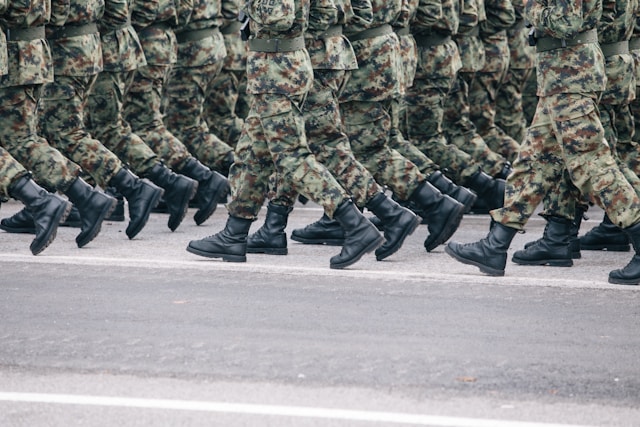A stark figure has emerged from within the Canadian Armed Forces, suggesting that merely getting new recruits through the door is only half the battle, perhaps not even that. A recently surfaced internal report paints a concerning picture, indicating that a significant number of those who answer the call to serve are quickly deciding the military life isn’t for them. This isn’t just about numbers; it zeroes in on a critical question: what exactly is driving these new members to leave so soon after joining?
The report, obtained by CBC News, highlights a troubling trend observed during the 2023-24 fiscal year. It found that the attrition rate among newly enrolled members stood at 9.4 per cent. This figure is notably more than double the average attrition rate of 4.3 per cent seen across the entire Canadian Armed Forces. The findings underscore that the challenge isn’t solely recruitment, which the CAF has openly struggled with, facing a personnel shortage estimated at 14,000 qualified individuals. The other, less discussed, side of the coin is retention, particularly holding onto those fresh faces.
According to the internal evaluation, the primary culprits behind this early exodus appear to be delays in training and a general difficulty for new members in adjusting to military life. Recruits, eager to begin their service and move into specialized roles, are encountering significant bottlenecks. In some instances, the wait time for necessary training stretches beyond 206 days. The report points to a shortfall in essential resources needed for effective training, including insufficient trainers, equipment, and adequate facilities. These delays, the report notes, lead to considerable frustration among new members who find themselves in periods of underemployment, waiting for the next step in their career progression.
Defence researcher Charlotte Duval-Lantoine commented on the situation, suggesting the Department of National Defence has approached the personnel crisis somewhat sequentially – focusing on recruiting first, then tackling training. She notes that waiting idly for training can rapidly erode morale. Similarly, exit interviews with departing members reveal a host of frustrations, including a high operational tempo, lack of equipment, and perceived shortcomings in leadership direction. A particularly stinging observation from these interviews is the belief among some leaving members that senior leadership’s priorities are misaligned, focusing more on culture change initiatives than critical operational needs like ensuring troops have sufficient ammunition and equipment.
Further compounding the retention problem is the fate of initiatives designed to address it. Three years prior, the military introduced a comprehensive strategy aimed at keeping personnel in uniform. As part of this effort, an office dedicated to retention programs was established to gather data, analyze trends, and provide guidance to senior leaders. However, the evaluation report indicates that progress on retention has been limited, partly due to insufficient awareness of this strategy. This issue, the report explicitly states, was made worse by the subsequent defunding of the very office tasked with managing these senior leadership retention efforts. When questioned about the defunding, the department did not provide a response by the CBC News deadline.
While the focus is often on new recruits, the report also observed a lack of significant effort to retain highly experienced members nearing retirement, even those who might be persuaded to stay. The perception exists that these pension-eligible individuals have served their time, leading to no strong attempts to encourage their continued service. Amidst these challenges, one promising initiative noted is the Naval Experience Program, which allows recruits a one-year trial period. Early data suggests this program has helped reduce initial dissatisfaction and allowed some participants to transition successfully within the Forces.
Ultimately, the leaked report, while detailing high attrition among new members, clearly points to systemic issues as the root cause. The combination of training resource deficiencies, frustrating delays, and the perplexing decision to defund a dedicated retention office suggests that while recruiting is vital, the military faces a significant challenge in creating an environment where new members feel valued, trained, and actively contributing, rather than simply waiting in limbo before deciding to leave.
References:
Leaked Canadian military report shows many new recruits are quickly leaving

